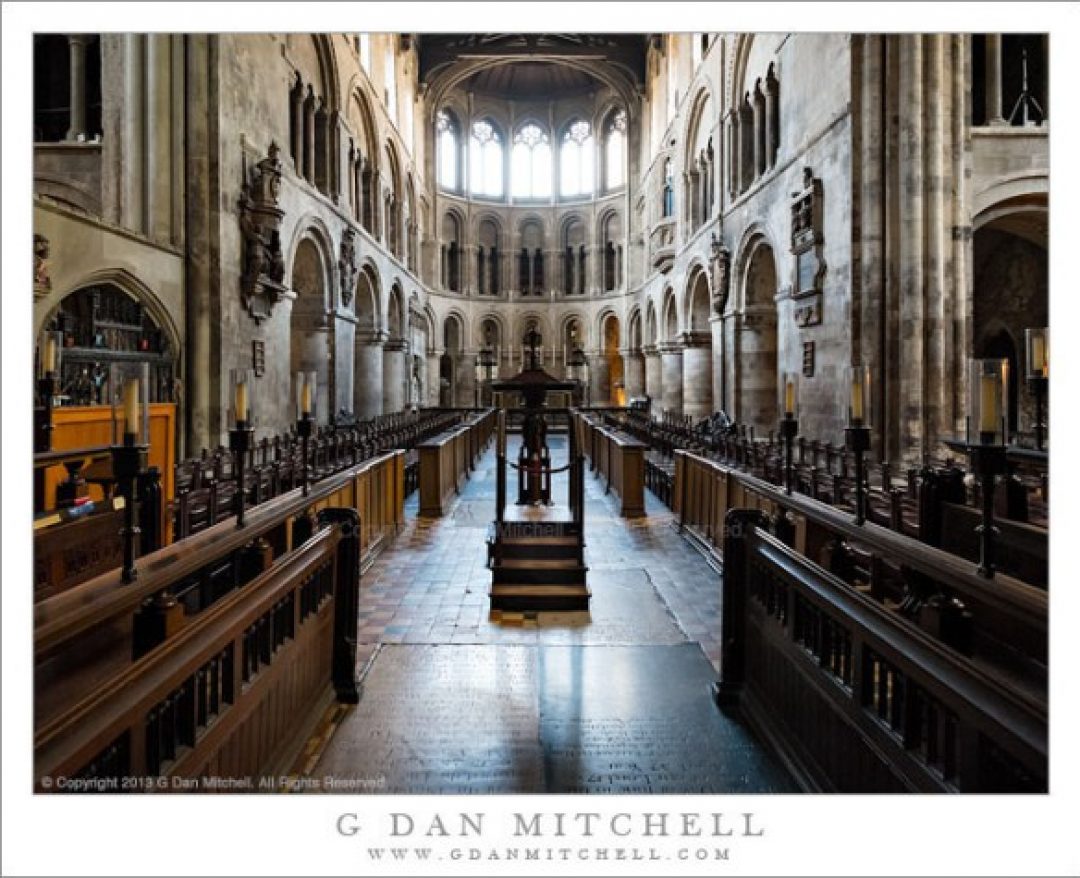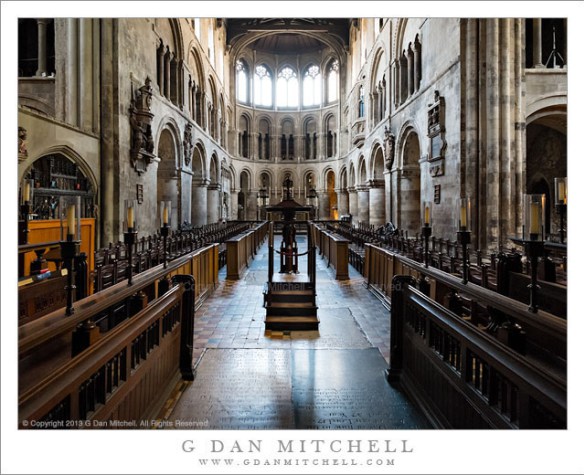
Why Fujifilm Mirrorless? | G. Dan Mitchell
I purchased a Fujifilm XE1 near the beginning of 2013. My initial thinking was that I wanted a smaller system for some overseas travel, so I got it well ahead of time in order to run it through its paces. The primary Fujifilm alternatives to the XE1 at that time were the X-Pro1 and the X100 bodies. All are wonderful cameras, and all use essentially the same 16MP sensor. (Fujifilm’s tends to use the same sensor across their entire line, at least among cameras using the same sensor format.) 16MP is plenty for most purposes, particularly for handheld photography. I know this because I had made rather large fine art prints from earlier cropped sensor cameras and later from the 12MP Canon 5D. Here is a quick rundown of the three models at that time. The X100 (along with its successors the X100s and X100t) was a simple fixed lens rangefinder style camera with 23mm lenses, equivalent to 35mm lenses on 35mm film cameras or full frame. The X-Pro1 was an interchangeable lens rangefinder style camera that provided an ingenious hybrid optical/electronic viewfinder system. It was introduced as the high-end camera in the set. The X-E1 (like its successors the X-E2 and X-E2s) is a very small (almost as small as the X100) rangefinder style camera with an electronic viewfinder and interchangeable lenses.Recently, after relying on the X-E1 for over three years, I upgraded to the X-Pro2. I’ll have more to say about that below, but for now consider it much like the X-Pro1, though with a 24MP sensor and other improvements……

